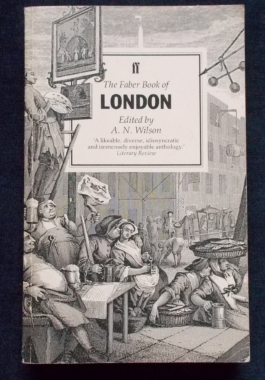Osiris the king, was slain by his brother Set, dismembered, scattered, then gathered up and reconstituted by his wife Isis and finally placed in the underworld as lord and judge of the dead. He was worshipped in Egypt from archaic, pre-dynastic times right through the 4000-year span of classical Egyptian civilization up until the Christian era, and even today folkloristic elements of his worship survive among the Egyptian fellaheen. This is the most thorough explanation ever offered of Osirism. With rigorous scholarship, going directly to numerous Egyptian texts, making use of the writings of Herodotus, Diodorus, Plutarch and other classical writers, and of more recent ethnographic research in the Sudan and other parts of Africa, Wallis Budge examines every detail of the cult of Osiris; he establishes a link between Osiris worship and African religions and investigates iconography; the heaven of Osiris as conceived in the VIth dynasty; Osiris’s relationship to cannibalism, human sacrifice and dancing; Osiris as ancestral spirit, judge of the dead, moon-god and bull-god and so much more. Osiris seems to have been the earliest death and resurrection god, whose worship both caused and influenced later dieties, the cult of Osiris is highly important to all concerned with the development of human culture. Illustrated with pyramid texts (with translations) and reproductions of classical Egyptian art. First published in 1911 and regarded as the most authoritative work on Osirism.
Osiris And The Egyptian Resurrection: Volumes I and II: E.A. Wallis Budge
$30.00
Only 1 left in stock










